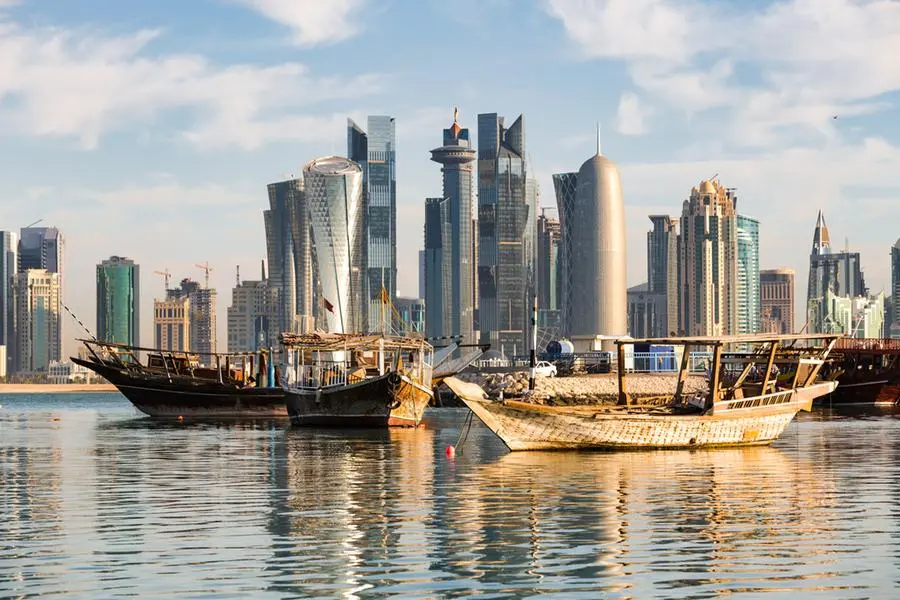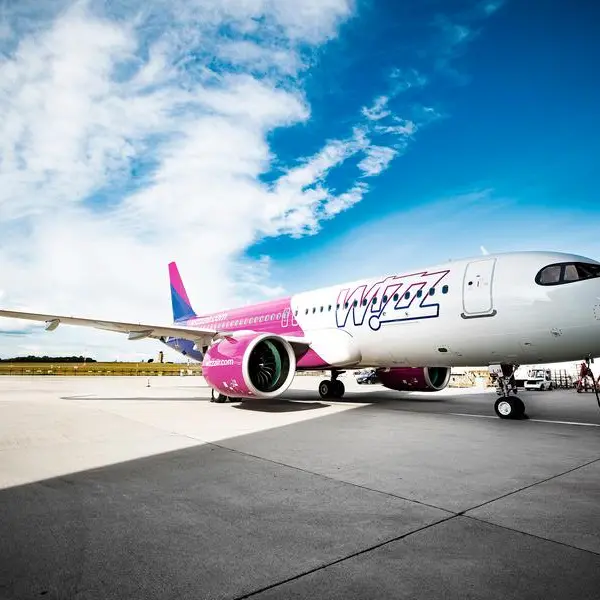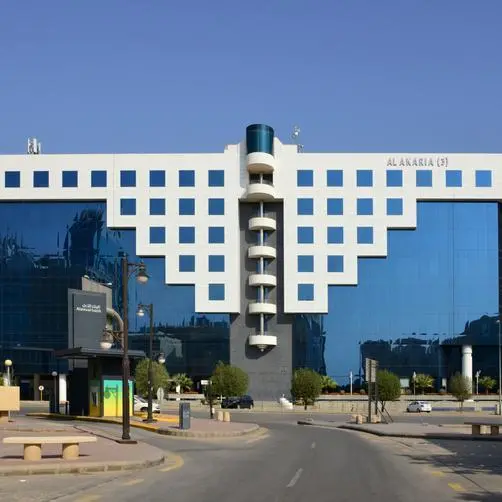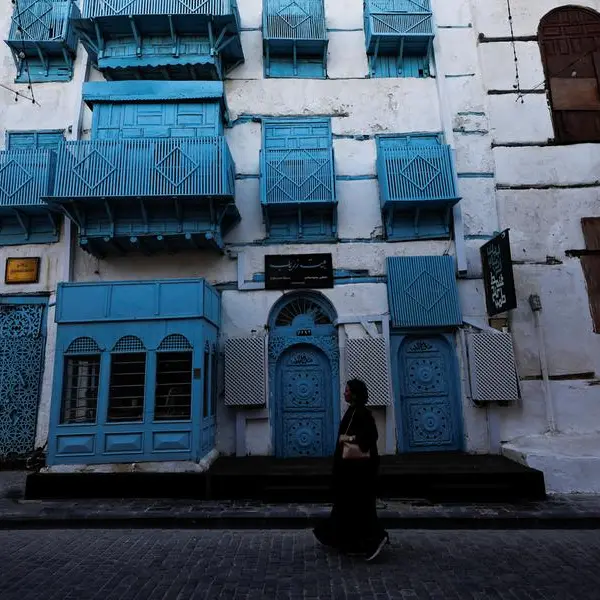PHOTO
Doha: Qatar’s tourism sector is developing in alignment with the country’s strategic economic goals. Estimates suggest a substantial increase in arrivals by the end of 2024 compared to the last year, indicating a buoyant trajectory.
Speaking to The Peninsula, Scott Livermore, ICAEW Economic Advisor and Chief Economist and Managing Director at Oxford Economics, highlighted how Qatar’s non-energy sector is expected to drive growth.
The projected expansion of non-energy sectors is broad-based, though there are several sectors where growth will likely outpace overall non-energy GDP growth, predicated on respective sectoral strategy plans. Tourism is among the sectors that will remain a driver of future growth, he noted.
The growth of the tourism industry mirrors the pivotal role that it plays within the Qatar National Vision 2030 economic framework which aims to broaden and enhance the economy through diversification and development efforts.
Livermore said, “Tourism numbers will likely settle lower in the near term due to seasonal factors and a break in events. Still, activity has been strong, with over 2 million visitors in January-April, up 35 percent on the same period in 2023. We continue to project 4.5 million visitors for the full year in 2024, rising to 4.9 million in 2025.”
Although the region faces escalating pressures amid slowing global economies, the GCC remains relatively positive due to strong bilateral deals and investment. Qatar recently signed a 20-year supply contract with India for 7.5 million tonnes of liquefied natural gas annually, and a 27-year contract with Taiwan for 4 million tonnes.
Qatar’s GDP growth projection for this year stands at 2.2 percent and is expected to rise to 2.9 percent in 2025 Recently, the World Travel & Tourism Council’s (WTTC) 2024 Economic Impact Research (EIR) forecasted that the Qatar Travel and Tourism sector will contribute QR90.8bn to the country’s economy, representing 11.3 percent of the total, and will provide more than 334,500 jobs across the country, which is 15.8 percent of the total workforce.
Spending by international travellers is expected to increase significantly this year, with forecasts indicating a record spend of QR69.6bn this year, while domestic spend is projected to reach QR12bn.
This success is testament of the government’s commitment to prioritising collaboration between the public and private sectors to boost Qatar’s travel and tourism sector, creating diverse and immersive experiences for visitors. The sector reached new heights last year, with GDP contribution, jobs and domestic traveller spend all surpassing previous peaks.
Last year, travel and tourism’s GDP contribution grew by 31 percent to reach a record-breaking QR81.2bn, representing 10.3 percent of Qatar’s total economic output, and demonstrating the sector’s importance to the national economy.
The sector also proved to be a vital source of employment, creating more than 20,300 new jobs, and raising the total to nearly 286,000 nationwide, representing one in every eight jobs across the country. Domestic visitor spend was also stronger than ever to reach QR1.4bn.
The country’s tourism strategy is guided by QNV 2030 and the Third National Development Strategy 2024-2030. The headline goals for the tourism sector under the strategy are to attract 6 million visitors annually and raise the sector’s contribution to GDP to 12 percent by 2030.
© Dar Al Sharq Press, Printing and Distribution. All Rights Reserved. Provided by SyndiGate Media Inc. (Syndigate.info).























